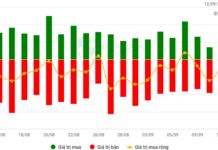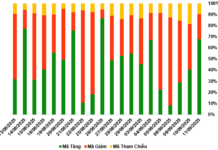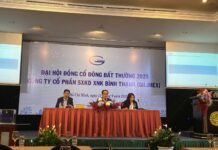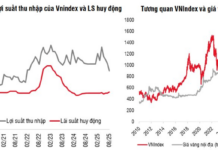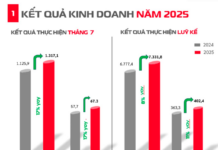The driving range on a single charge remains one of the most concerning factors for electric car owners. Unlike gasoline-powered vehicles that can be refueled quickly and almost anywhere there is an asphalt road, charging an electric vehicle depends on charging stations – which are still under development and often not widely available. In order to reduce customer anxiety, many automakers have tried to improve the technology so that the car can travel further on a single charge.
Most recently, Chinese electric car start-up NIO has announced the results of real-world maximum range testing of its ET7 sedan.
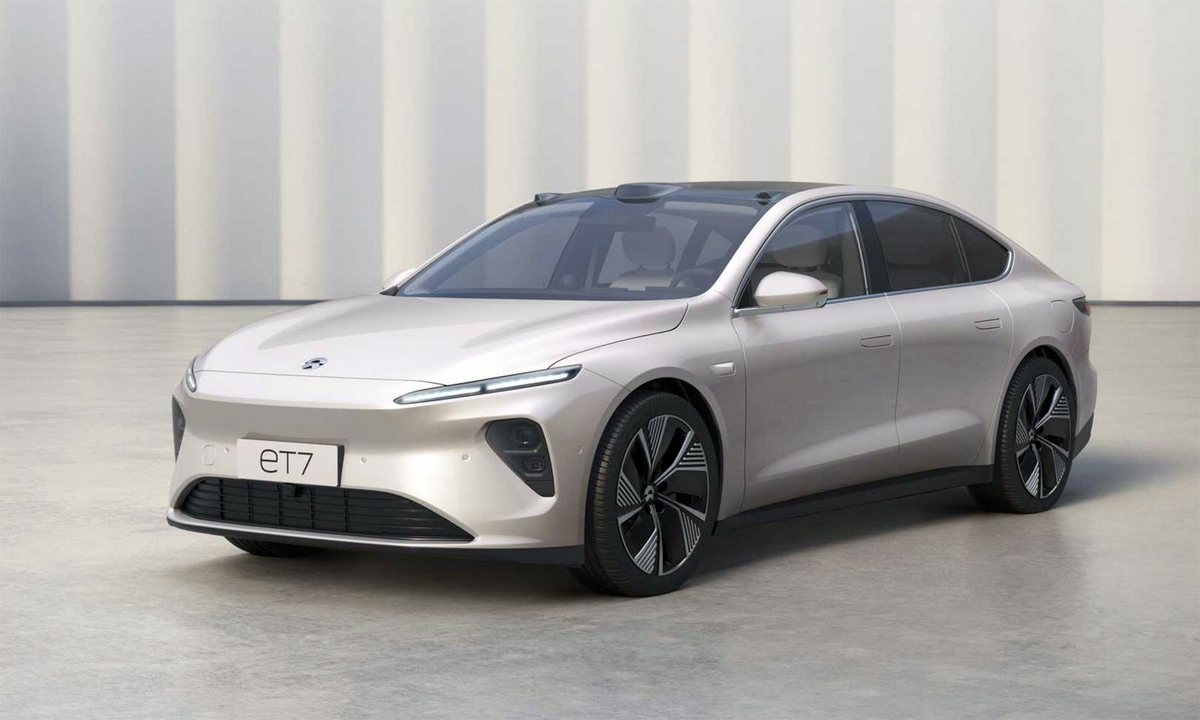
NIO ET7 uses a 150 kWh battery pack that is said to be able to travel 1,000 km on a single charge.
The NIO ET7 is an electric vehicle in the luxury segment. This model is equipped with many modern technologies and high-end amenities. The NIO ET7 is 5.1 meters long and is positioned to compete with models such as the Mercedes EQS, BMW i7, and Tesla Model S.
In addition to the conventional charging method, the NIO ET7 can also have its battery swapped at the company’s stations. According to the information provided by the company, the battery swap takes only about 5 minutes. In terms of battery capacity, the NIO ET7 offers two battery options with capacities of 75 kWh and 100 kWh, allowing the car to travel a total distance of 444 km and 580 km on a single charge, respectively.
In the near future, NIO plans to offer an additional 150 kWh battery option, which promises to provide a driving range of up to 1,000 km.
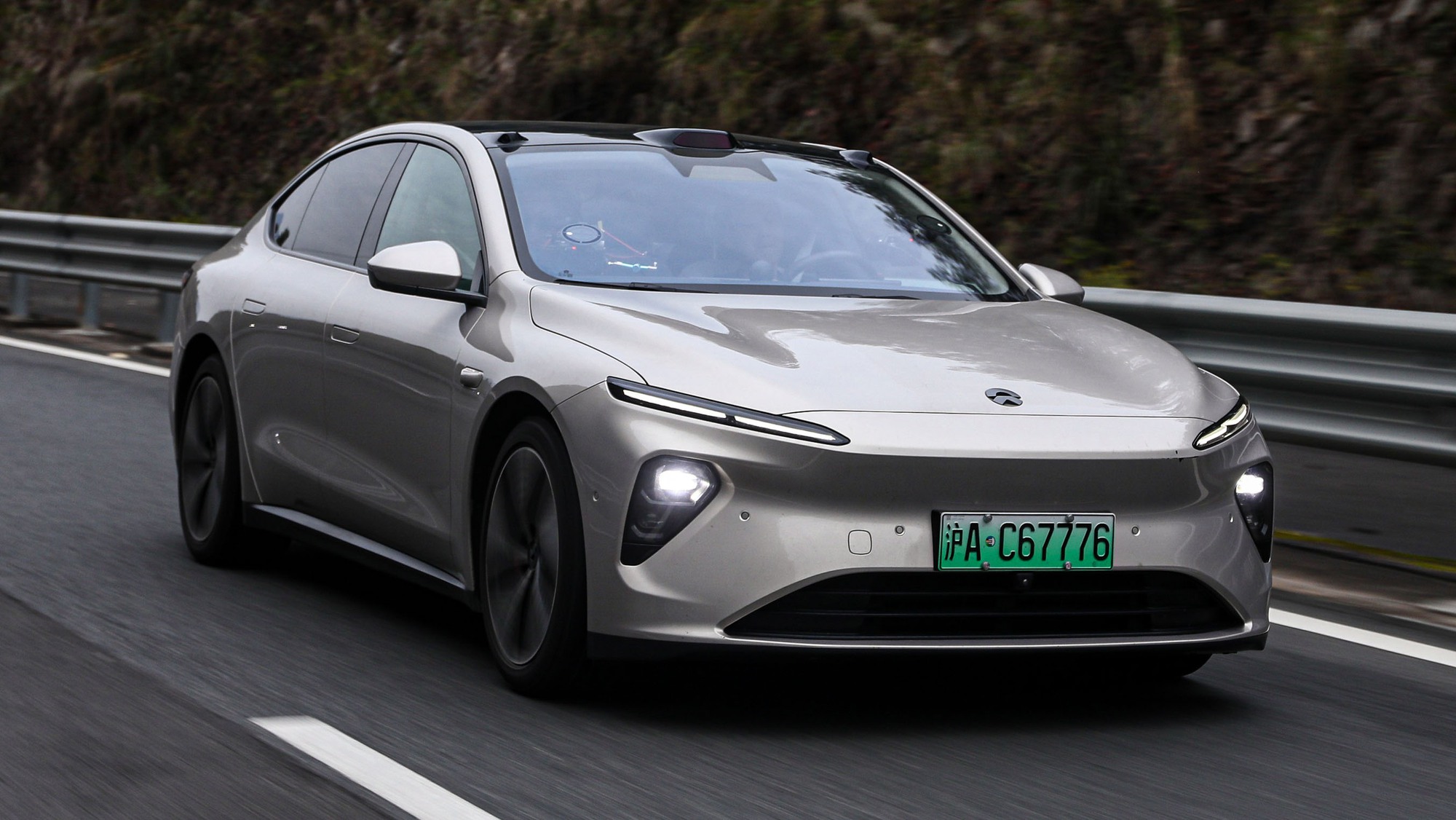
Real-world testing shows that a fully charged NIO ET7 can travel 1,070 km.
While the official reservation date for this model is approaching, NIO has been continuously conducting real-world testing of the ET7’s driving range on a single charge with the 150 kWh battery pack. In the latest test results, the longest distance exceeded 1,000 km.
Specifically, NIO organized 3 driving trips from a full charge until the car ran out of power. The first trip started from Shanghai to Xiamen, traveling 1,046 km before stopping; the second trip from Beijing to Hefei, traveling 1,062 km before having to call a tow truck; the third trip from Kunming to Zhanjiang covered 1,070 km after the car could no longer move.
According to the information released, the NIO ET7 also carried luggage weighing up to 200 kg, traveled to a location with a height difference of up to 1,875 meters, reached a maximum speed of 118 km/h, and maintained an average speed of 84.7 km/h. This journey took 12.8 hours to complete.
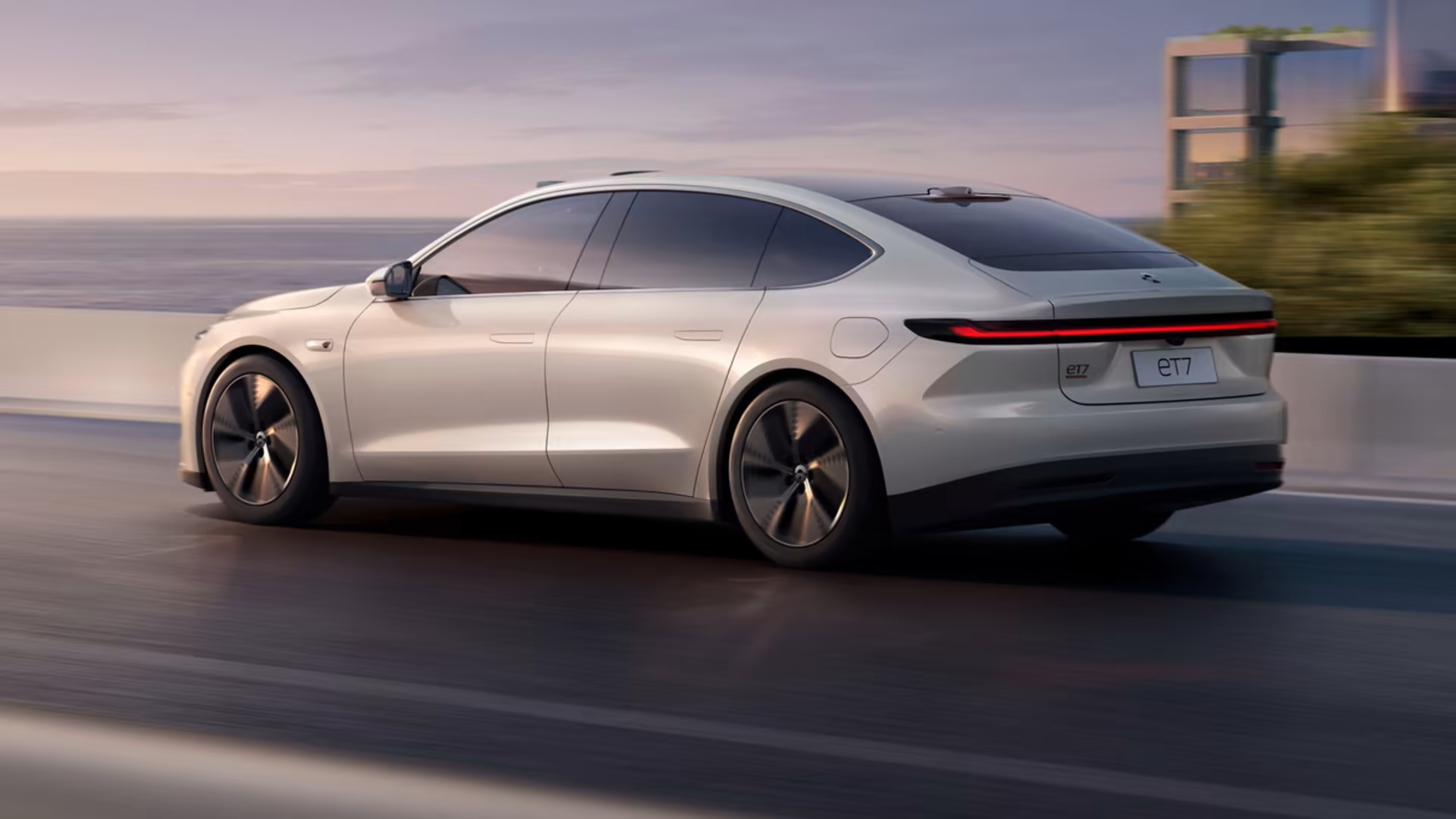
The reason why the NIO ET7 can achieve such a long driving range is due to the battery pack that the car uses. According to the information released, this is a semi-solid battery pack with a very high capacity – up to 150 kWh (equivalent to the capacity of many large SUVs). Interestingly, this battery pack weighs only about 20 kg more than the 100 kWh pack despite having 1.5 times more capacity.
Semi-solid batteries can be considered the latest breakthrough applied to commercial electric vehicles. Semi-solid batteries are batteries in which the electrolyte is not completely in liquid form. More specifically, the conventional liquid electrolyte is replaced by a solid-state conductive material but immersed in an electrolyte solution.
Semi-solid batteries help to create batteries that are smaller, lighter, and more optimized, thus allowing electric vehicles to travel further.
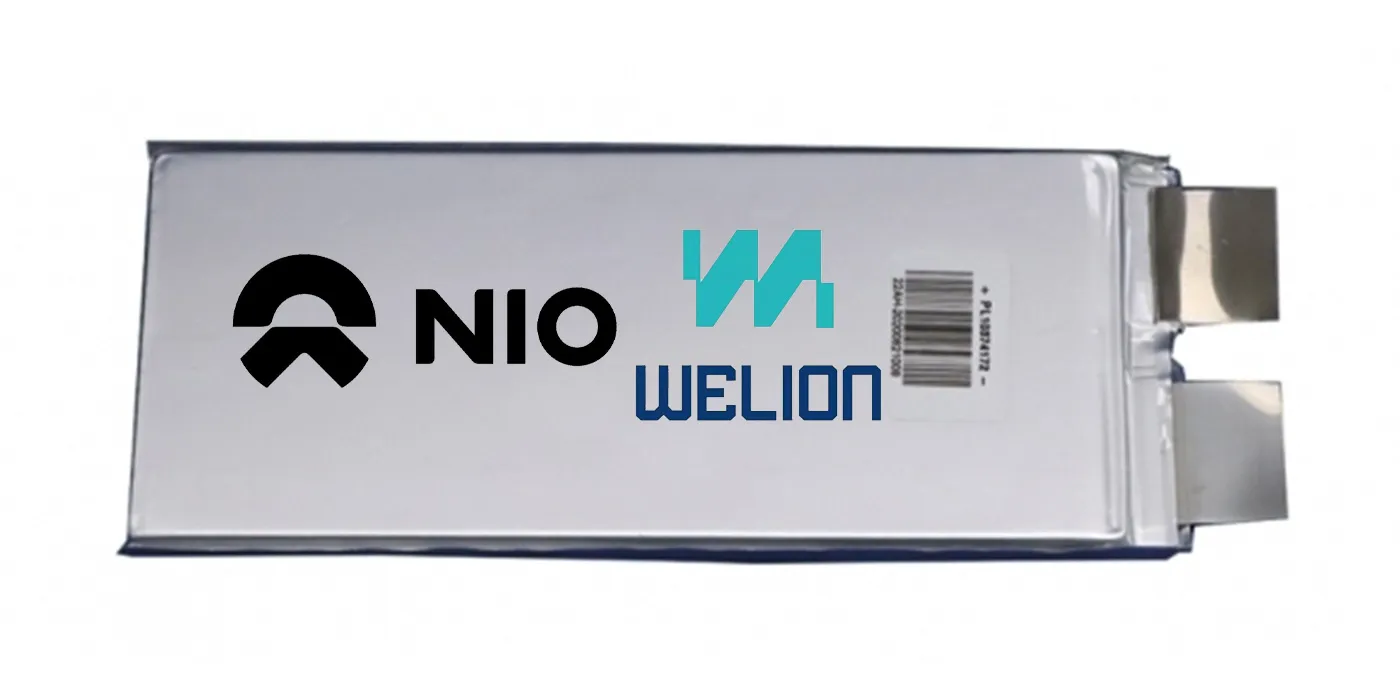
NIO’s semi-solid state battery is supplied by WeLion.
Meanwhile, “all-solid” battery technology (properly called “solid-state batteries”) is said to have little chance of becoming a reality. This assessment comes from Zeng Yuqun, CEO of CATL, the world’s largest electric vehicle battery manufacturer. He believes that solid-state battery technology poses many dangers and is unlikely to be mass-produced.
More specifically, CATL’s 10 years of research on this technology have led him to conclude that the lithium used in the battery can expand during charging and discharging, directly affecting the battery and shortening the lifespan of the solid-state battery. In addition, testing of solid-state batteries shows that ions flow well, but under conditions that are difficult to apply in practice.


